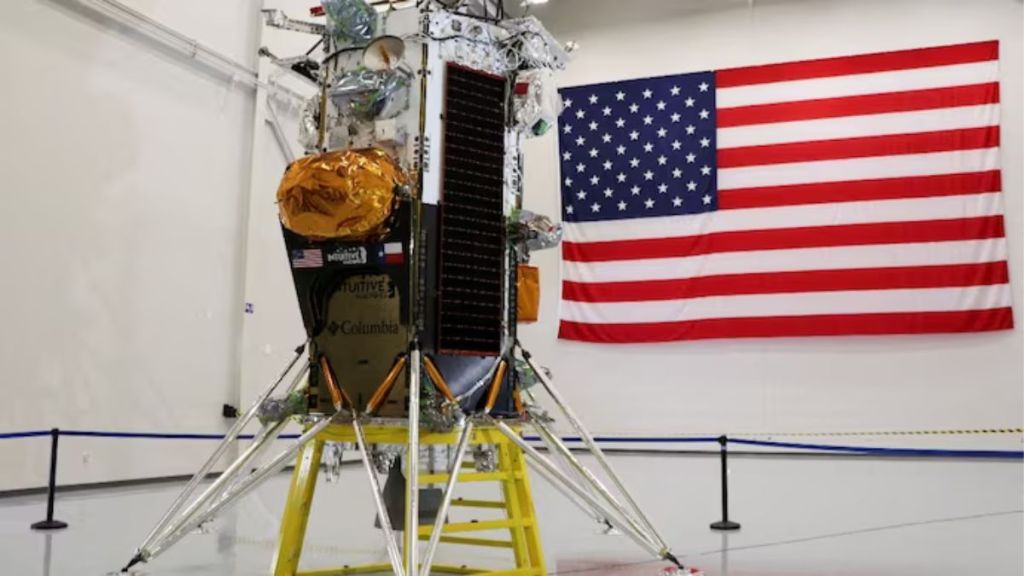Odysseus, the first US spacecraft to touch down on the moon since 1972, is nearing the conclusion of its fifth day on the lunar surface. Flight controllers reported that it remains operational, although its battery is running on its last hours before the vehicle is expected to lose power.
According to an update from Texas-based Intuitive Machines on Tuesday, their control center in Houston continues to maintain contact with the lander. The company mentioned that it efficiently transmitted payload science data and imagery, furthering its mission objectives.
The spacecraft successfully reached the lunar surface on February 22, overcoming an 11th-hour navigational glitch and a tense descent that led to Odysseus landing in a sideways or sharply tilted position. This positioning initially hindered its communications and solar-charging capability.
Intuitive Machines attributed the navigational issue to human error the following day, explaining that flight readiness teams overlooked manually unlocking a safety switch before launch. This prevented the subsequent activation of the vehicle’s laser-guided range finders, necessitating a hurried improvisation during lunar orbit.
An Intuitive executive disclosed to Reuters on February 24 that the safety switch oversight resulted from the company’s decision to skip a test-firing of the laser system during pre-launch checks to save time and money.
Whether the failure of the range finders and last-minute workaround contributed to Odysseus’ off-kilter landing remains uncertain, as per Intuitive officials.
However, on the subsequent Friday, the company reported that two of the spacecraft’s communication antennae were disabled, facing the wrong direction. Additionally, its solar panels were misaligned, reducing the vehicle’s battery recharging capability.
As a consequence, Intuitive anticipated losing contact with Odysseus on Tuesday morning, prematurely ending the mission originally planned to last seven to ten days.
Intuitive indicated that controllers were still determining the final battery life on the lander, which might extend for an additional 10-20 hours, on Tuesday morning. The latest update suggested the spacecraft might endure for a total of six days before sunset at the landing site.
It’s been observed that Odysseus landed beside a crater wall, leaning at a 12-degree angle, although it’s unclear whether this is from the surface or an upright position.
Despite the less-than-ideal touchdown, Odysseus holds historical significance as the first US spacecraft to land on the moon since 1972 and the first lunar landing by a commercially manufactured and operated space vehicle under NASA’s Artemis program, aimed at returning astronauts to the moon this decade.


